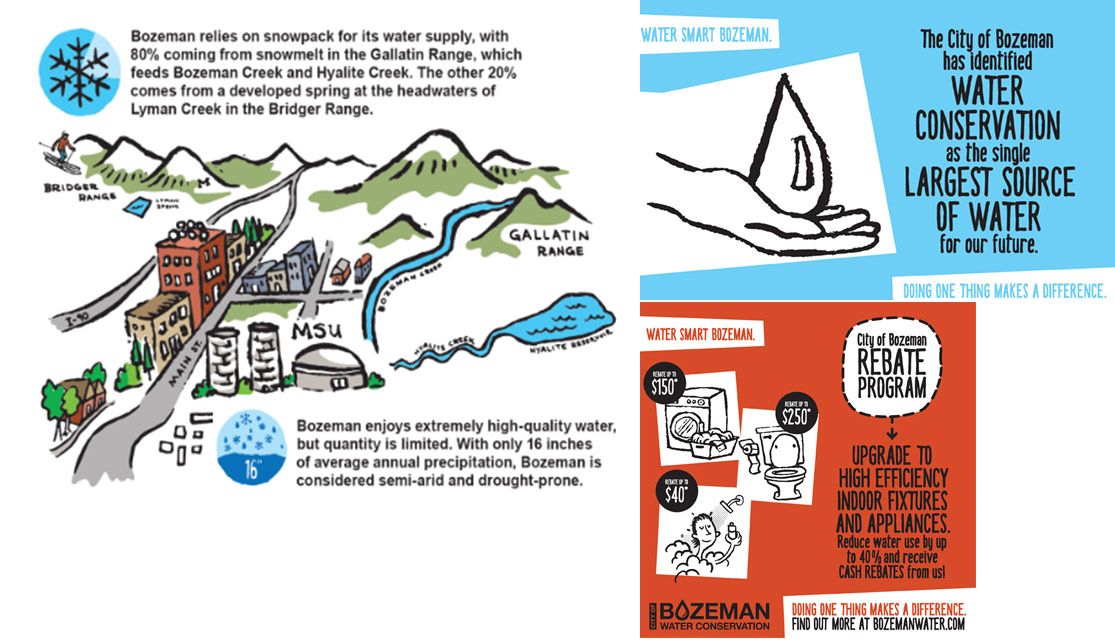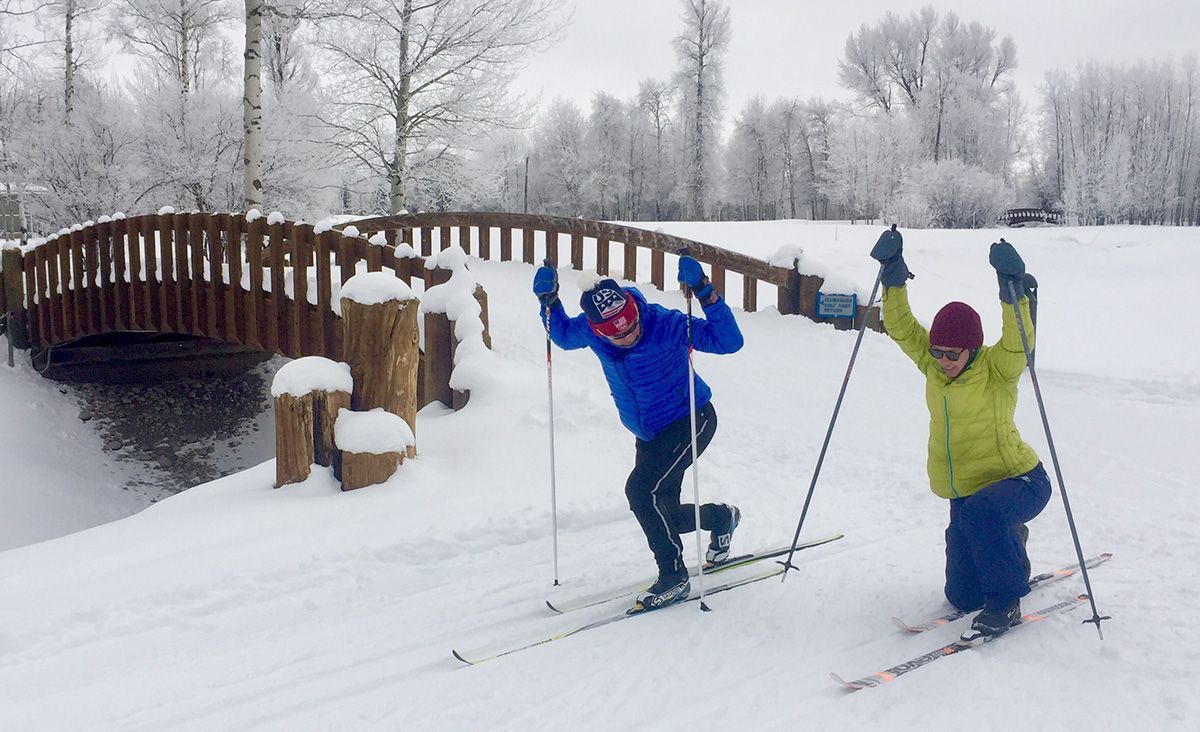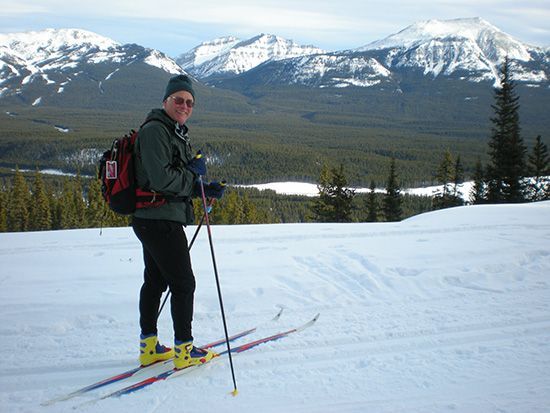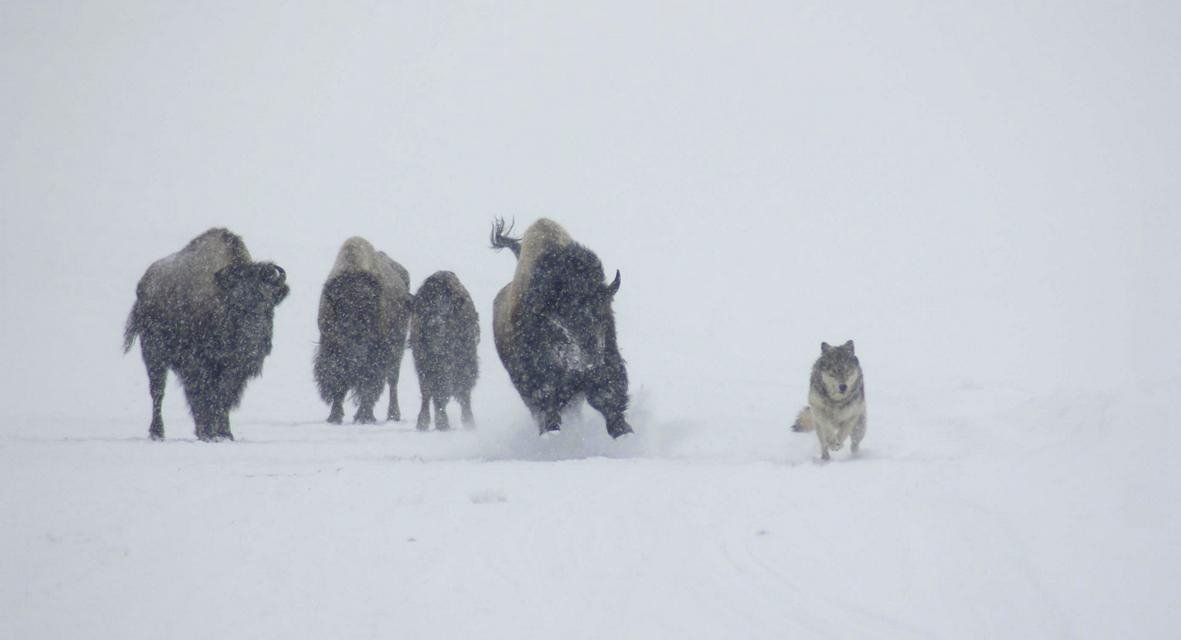Bozeman Conversation on Water Conservation
Ways to Save Water and Dollars at Your Apartment

Back Then
A bunch of years ago, I flew from Bozeman to rural Connecticut for the annual family get-together. One memory from that summer visit was talking with one of my nephews about water conservation.
The teenager had just finished another interminable shower. This one had exhausted the hot water tank and drawn way down on flow from the 250’ well.
I suggested that his might be the last generation who could count on an endless supply of fresh water. He thought the idea was pretty hilarious because “We’ll always have water!”
And Today
30 years later, here in Montana and much of the West, that ominous prediction sure seems to have hit the nail on the head.
The Bozeman area is climate-categorized as semi-arid, low-precipitation, and drought-prone. You might translate that into: “We have some water now, let’s treasure it for the future!”
The City website notes that “Bozeman relies on snowpack for its water supply, with 80% coming from snowmelt in the Gallatin Range, which feeds Bozeman Creek and Hyalite Creek. The other 20% comes from a developed spring at the headwaters of Lyman Creek in the Bridger Range.”
Bozeman's Water Supply
80% from Snowmelt in the Gallatin Range
20% Developed Spring near Lyman Creek in the Bridger Range
In other words, we’re vulnerable to mild, dry winters.
We all know that Bozeman’s population is booming. One of the implications is that more people are going to need water. At current growth rate, it’s estimated that by 2033, demand will outstrip supply. We can’t buy more water, and climate change is expected to exacerbate availability problems, so… what can we do to ensure an adequate water supply longer-term?
Bozeman’s very effective Water Conservation Program is helping residents use water more efficiently. In fact, water conservation is our most cost-effective, expedient, environmentally responsible approach to securing additional water supplies. As evidence of what we can do, a decade ago, per capita water use was 119 gallons/person/day (43,435 gallons annually) – now, daily use is 104 gallons/person/day.
Tips
While Golden Gate and Flanders Mill tenants don’t pay for water via a utility bill, that cost is included in your monthly rent. Here are some ways to reduce water consumption, help stabilize rent, and be environmentally responsible:
- Efficient showerheads use <1.5 gallons per minute, so a 5-minute shower can use 6 gallons.; the average bath consumes 30 gallons. (The City offers free 5-minute shower timers as well as free high-efficiency showerheads – retrofitting can save a family 40 gallons/day.)
- You can direct shower water into a receptacle while it’s heating, then use it for watering plans or for your pet.
- Traditional faucet aerators use 3+ GPM; the City provides free aerators using 1 GPM so you can cut handwashing water by over 60%.
- Turn off your tap when possible while brushing teeth.
- Toilet flushing: “If it’s yellow, let if mellow” conserves an average of 1.6 gallons per flush.
- Toilet flappers need to be replaced about every 5 years (can leak up to 200 gallons/day, or $554/year – especially useful to know if you move into your own house).
- Compost food rather than flushing it through the garbage disposal.
- If washing dishes by hand, plug up both basins and soak in soapy water before rinsing. While waiting for water to heat up, catch the cool water in a pitcher and save in the fridge for drinking. Dishwashers generally use less water than hand washing.
- Run your dishwasher and clothes washer only when they’re full, using low/short setting when possible.
It’s worth noting that many Golden Gate tenants have eventually bought their own homes in the Gallatin Valley; the same can be expected at Flanders Mill. The water/dollar savings measures noted above, as well as many others (such as retrofitting old appliances and fixing leaks), are astoundingly useful to homeowners as well as renters.
Check out Bozeman’s residential and commercial rebates and incentives to save both water and dollars.
You can also pick up free products at the Water Conservation Division office on 7 Beall St., Suite 100.
Written with special thanks to Anna Mack, Bozeman Water Conservation Technician




